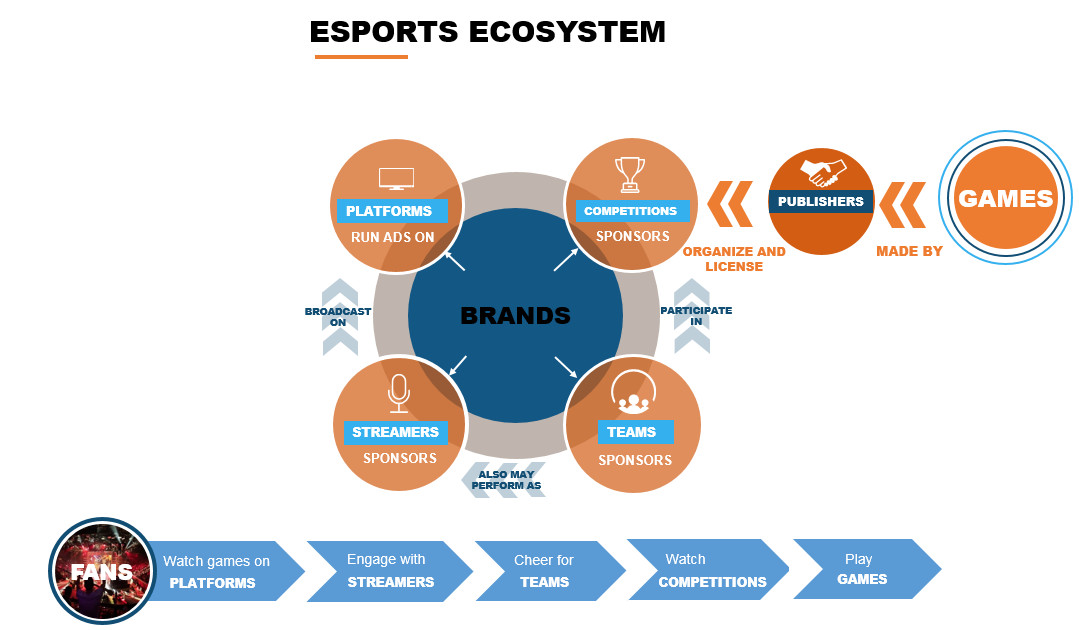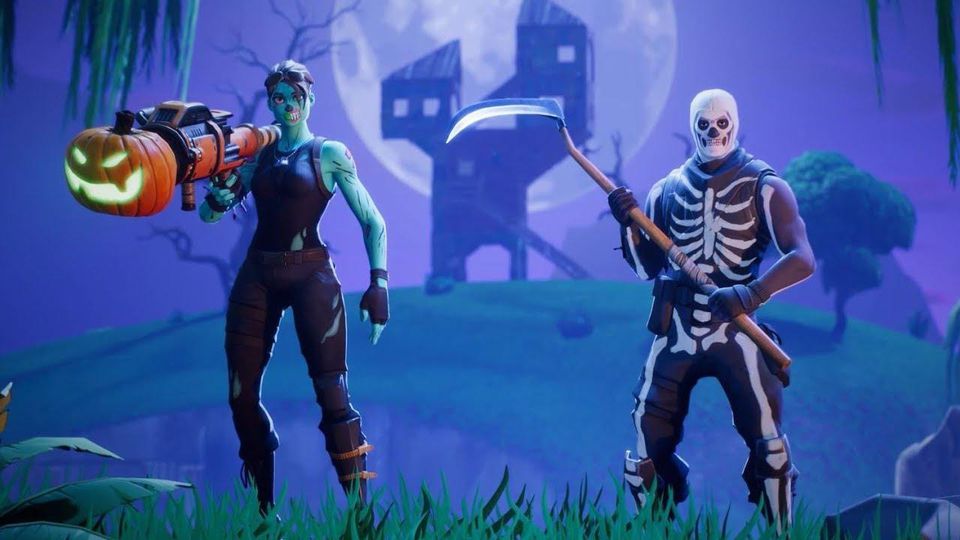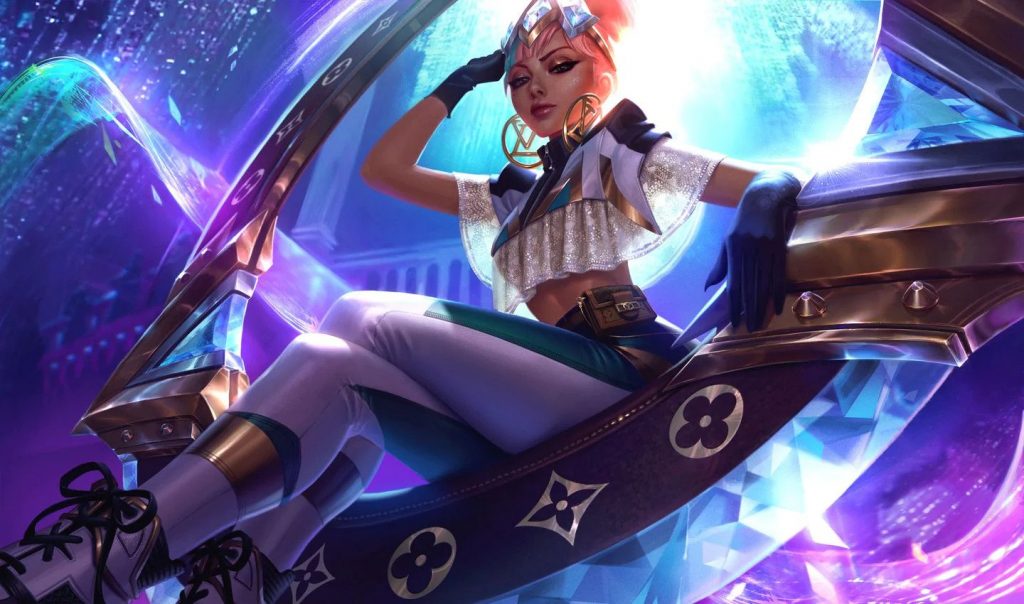
The Esports Ecosystem Part 5: Game Developers
Written By: Hauk Nelson
This article is the fifth in a series designed to educate on the many parts of the esports ecosystem. This article will cover game developers. For the fourth article, covering streamers, click here. To start at the beginning of this series, with esports platforms, click here.
Esports would be nothing without its games, and its games would be nothing without developers. Game developers are the companies that develop and create the video games played in esports competitions. This article will discuss major esports developers and their role in the esports ecosystem. Game developers, also known as studios, vary widely in size based on the kinds of games they make. Most popular esports titles are made by larger studios. Some, such as Activision Blizzard (Call of Duty, Overwatch), are publicly traded.
The current model for most esports developers revolves around the “games as a service” model. Most games are free, and feature in game purchases in order to generate revenue. The majority of these purchases are for aesthetic upgrades commonly known as skins. Skins provide no advantages to in game performance, and function more as a way for players to express themselves and their favorite characters. Skins have become so popular that children today may be bullied if they don’t have the right Fortnite skins.

Esports can serve as a marketing lever for these skins. If a viewer sees their favorite player using a certain skin, they may be inclined to purchase it themselves. Riot Games, developer of League of Legends, has taken skins to an entirely new level. Louis Vuitton designed skins for the League of Legends 2019 World Championship, and Riot reinforced the activation further by creating a hip hop group based off of these skins.

Some game developers still function on selling the game, either digitally or physically, along with skins. The primary developer doing this in esports is Activision Blizzard, makers of Call of Duty and Overwatch, as well as other games. The studio also makes Hearthstone, which uses a free to play model while selling packs of cards, indicating that the studio isn’t using one model for all of its games.
The competitive scene of an esport is largely dependent on the developer’s role. Riot Games and Activision Blizzard have developed franchised leagues for their games similar to the NBA or NFL, with the entire league managed by the developer. This includes creating a code of conduct, facilitating player trades and securing sponsorships for esports broadcasts and sponsorships. In this scenario, developers often take full control of all competitions and restrict other tournament organizers from creating tournaments using their games.
Other studios are far more liberal with their games, most notably Valve, creator of Dota 2 and CSGO. Valve recently provided more insight in a blog post about its views on esports, emphasizing how it provides free licenses to tournament organizers in order to “get out of the way of third parties creating value for our customers.” Valve provides oversight for major events and the official competitive circuit, but also lets smaller tournament organizers get involved as well.
Nintendo has actively repressed its esports scene in years past, though recently it seems the Japanese company has had a recent change of heart. Super Smash Bros. Melee, released in 2001, still has a thriving esports scene to this day, thanks largely to its grassroots community. Wanting to emphasize a more casual experience for its fans, Nintendo had previously pulled the rights from tournament organizer from broadcasting Melee matches. However, it seems the studio has changed its mind to an extent, inviting top players to play its new game, Super Smash Bros. Ultimate, when it was released in 2018.
Along with support for the competitive scene, developers also directly affect the game through patches, which are updates to the game. Patches are released to release new content (skins, characters) as well as update current characters, maps, weapons and more. Some studios release patches as frequently as every two weeks, while others take months in between patches.
As these updates make direct changes to gameplay, they have a significant impact on the competitive scene. Some changes are minor, while others can drastically alter the value of certain strategies, which can have a direct result on competitive play, and thus tournament earnings. Epic Games, creators of Fortnite, have repeatedly been in hot water over this issue.
Epic has been notorious for updating Fortnite weeks, days or even hours before significant matches, such as for WSOE 3. To put it into perspective, imagine if three days before the NBA finals, it was announced that a three point shot would now be worth four points. Players that excel at three pointers would instantly be worth quite a bit more and the entire strategy book would have to change in an instant. Esports players have to react to changes like this all the time, and it’s up to the developer to balance between updating the game for casual fans and maintaining the competitive integrity for its esports community.
Moving forward, developers will become more powerful as they become not only the makers of games, but also the governing bodies for the sports of the future. For brands, this will create more opportunities to integrate at multiple levels within esports – at different levels of competition, as well as activating within the games themselves.
